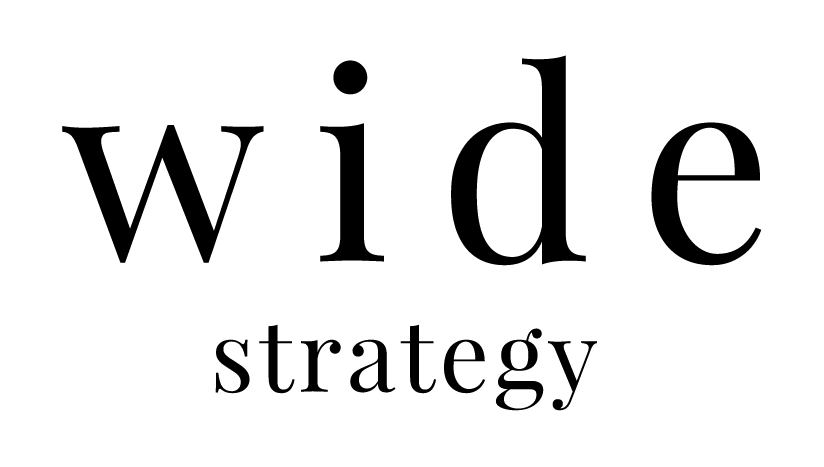Employee Engagement during the pandemic: Solid internal communications did make a difference
The Pandemic has shed light to the best and the worst in leaders. Leaders who had a propensity for engaging their employees, began investing more in nurturing that communication and dynamic relationship with their teams. Leaders who never really looked at employee engagement as a meaningful agenda item, unfortunately were left exposed and possibly “playing catch up” as we speak.
A post-pandemic distributed workforce has meant that leaders and organisations have to leverage employee engagement tools, the most accessible of which also happen to be free, and readily available to them: their very own Communications.
Internal communications is at the core of any engagement strategy and if done right, can make the difference between thriving environments and toxic ones.
Communication needs to be:
Reliable - Use data as frequently as possible, share metrics and performance numbers, stick to the truth and be transparent
Consistent - Communicate consistently both in terms of frequency and in terms of content/messaging
Inspirational - By adding some higher value and not be simply transactional
Empathetic - Always keeping it a two-way communication, involving interaction and being supportive, with a sense of understanding for each other.
How engaged did employees prove to be during the pandemic, while they were working from their home, with all the distractions and the fatigue challenging their performance? Interestingly, employee engagement, which had been fairly static for the last 20 years, reached an all-time high of 40 percent in July, according to a Gallup survey of 3,127 full- and part-time U.S. workers.
Why? Some say the primary reason is employees who were disengaged got laid off en masse, but others believe the increase is the result of improved communication between employees and their leaders. For companies to maintain a motivated, productive workforce, HR professionals need to find the best methods to gather and interpret employee feedback, including from remote workers, and make changes accordingly, experts say.
“Collecting survey data in ‘bad’ times is actually more or equally as important as [doing so] during ‘good’ times,” says Chris Roederer, senior vice president and chief HR officer at Tampa General Hospital, a teaching hospital that employs 8,500 in Tampa, Florida.
The hospital last May conducted a pulse survey—which is a short, targeted survey—about COVID-19. The result?
“The single most important action step was to create a daily communication plan,” Roederer says. “Team members were fearful for their health, their jobs, compensation and family members. We addressed all of those issues and concerns on a daily basis.”
So, what are the common characteristics of companies that kept their employees motivated and engaged? Most of them already had solid internal communication mechanisms in place and were able to adjust them so as to make the best of the situation. They put in place the necessary support, inspiration and understanding; quickly and effectively. Communication was led by empathy; zooms were about business, but also real life situations came into the screen, with dogs barking from behind, kids interrupting and, guess what? It was ok to add some human flavour into the discussion.
In a way the pandemic brought some positives in the workplace: It validated the importance of employee engagement. In fact during the pandemic, it was the only means employers had to improve productivity. In other words, the pandemic helped uncover a blatant truth: at the end of the day, it is human interaction, communication and emotional connections that drive people. These connections provide a platform for work-life balance and make employees feel happier and by consequence more empowered to deliver better results. The onus is on management to introduce work methods and communication policies that nurture the emotional connections between employees and their workplaces and motivate them to remain committed to the company for the long-term.
Fostering these connections requires a commitment from senior management and C-suite to truly believe in the value of employee engagement and adopt their management style and policies accordingly.
